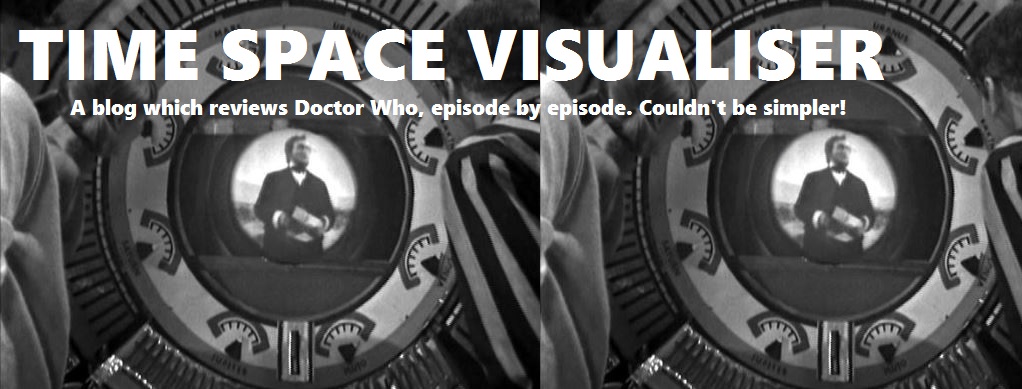The one where Sarah attends a 15th century Italian knees-up...
And so Count Federico is dead. Very dead. And attentions turn to the next best villain of the story, Hieronymous himself, now possessed by the power of the mighty Mandragora Helix. It is stated that the god Demnos is a mere servant of Mandragora (such blasphemy goes unchallenged by the brethren), and the cowled brothers begin to circle the altar in a slightly shabbier version of Geraldine Stephenson's choreography for the Sisterhood of Karn in The Brain of Morbius.
Hieronymous says that Mandragora will "swallow the moon" (let's hope it has a taste for eggs), which automatically tells us that a lunar eclipse is on the horizon. Now, we've already established that there's no date stated within the story itself for when all this takes place, but Philip Hinchcliffe's novelisation claims it to be 1492. Records reveal that there were three lunar eclipses in 1492, but none of them were at the Doctor's calculated time of 21:43:08. The closest lunar eclipse to that time within the 15th century was at 21:43:56 on December 18th, 1488 (another close-but-no-cigar eclipse took place at 21:44:03 on June 11th, 1481), so we're still no closer to learning when this story is set. As far as the information given in the actual televised scripts written by Louis Marks goes, it's most likely to be 1488, providing the Doctor got his sums very slightly wrong by a few seconds.










